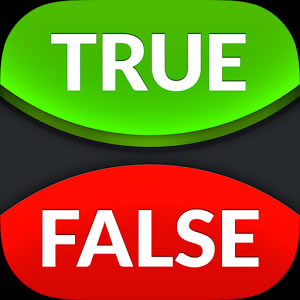Gone are the days when you could believe what you read. Fake news has become a common phenomenon. It is now our responsibility to find whether it is truth or fiction.
How do we achieve this?
 In an article on the blog during the holidays mentioned the necessity to check the url of stores before downloading apps to your cell phone.
In an article on the blog during the holidays mentioned the necessity to check the url of stores before downloading apps to your cell phone.
At that time scam artists were copying the look and feel of familiar of other websites to entice users to download load their app from the google and other app store. During the 2016 election last November and before consumers also saw an increase in news articles that were false in order to influence voters. It is not that we are so gullible but some believe that if it is written on the net it is true. Here are some things we need to watch for:
- Check the URL of the article. It is incredulous but true that someone would clone a website of a legitimate company and use it to fool the public. It happens. Check the “About us page” and verify that it is a real entity with bios on the employees and president.Watch for domain names that end in .co. They are fake. The .co is the url extension for Columbia. S
- Check the references in the article. In most cases they are nonexistent or link to a totally different article all together.
- Watch for headlines that are real outlandish. If it seems unreal, it usually is. Some sites get paid per click and they achieve that by headlines that are eye catching, with articles at do not even match the headline. It is about making money.
- Check photos that are used on the site. They can be copied from different articles that are unrelated to the one you are reading. Check that the person named even exits, and has the credentials that are listed.
- Here are some links that help you to check is a news story is fake:
More Resources For Spotting Fake News:



